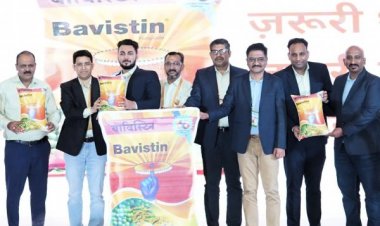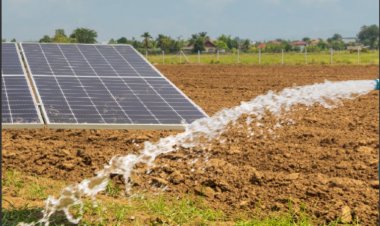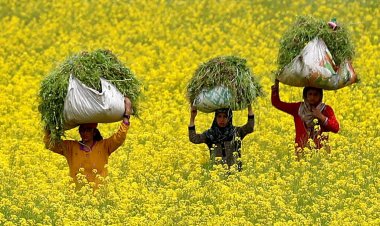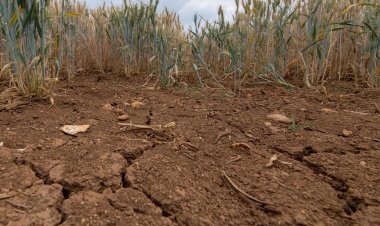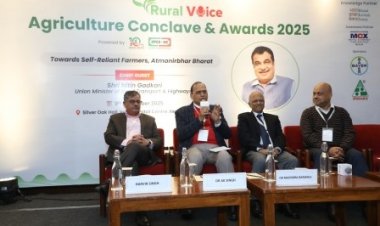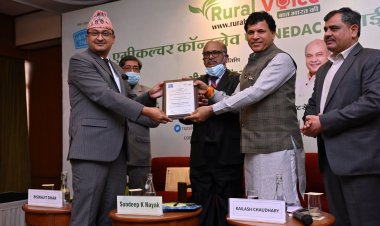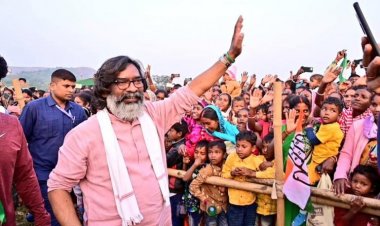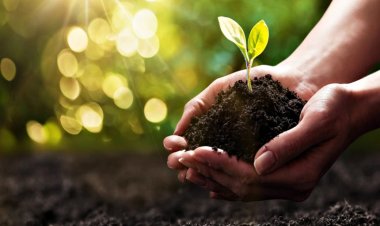Smartphone sensors: Uses and advantages in agriculture
Smartphone sensors are installed in the entire field to measure the temperature and humidity of the soil and the ambient air. Real-time data are collected through these sensors and processed to enable farmers to make the best decisions regarding the sowing of the crops, fertilizers and harvesting. Farmers are using image sensors to detect insects and diseases correctly. The camera is used to take photographs of the diseased plant. The disease is diagnosed by analysing the data provided by these photos, using AI and ML. Once this has been done, proper treatment is suggested for the disease.
Every technology in the world now gets linked to the smartphone. Smartphones have made people’s lives easy. And are proving effective in agriculture, too, because farmers can progress by using smartphone-based sensors. P Krishna Reddy, Professor, IIIT Hyderabad and Dr Rajkumar Dhakar, Scientist, Division of Agricultural Physics, Indian Agricultural Research Institute (IARI), Pusa shared information in Rural Voice Agritech Show about the uses and advantages of smartphone sensors in agriculture. You may watch this show by clicking on the video link given above.
Prof. Reddy said that smartphone sensors could help maximize crop production at a small cost and reduce environmental effects. Sensors are installed for this in the entire field to measure the temperature and humidity of the soil and the ambient air. Real-time data are collected through these sensors and processed to enable farmers to make the best decisions regarding the sowing of the crops, fertilizers and harvesting.
Image sensors are being used quite a lot in our country today, said Prof. Reddy. Farmers are using these sensors to detect insects and diseases correctly. Prof. Reddy said that one could get weather information through smartphones. Besides, in pisciculture, conditions like water temperature and soil moisture can be learnt accurately. Using these data, one can manage things properly and get higher production.
Dr Rajkumar Dhakar from IARI, Pusa, said that smartphones were proving very effective in agriculture. The data collected from these phones can be uploaded to a database, where an expert can assess the maturity of the crop on the basis of its colour and other characteristics. Even if people are not around, information can be gathered with the help of sensor data. Machine-controlled irrigation, fertilizer and pesticide management, crop reproduction and genetic research facilities are getting easier through smartphone sensors. Using motors for agriculture, switching lights on and off, irrigation as per soil requirements, etc. are based on smartphone sensors and remote technology.
Dr Dhakar said that there were two main parts of smartphone-based sensors — one, the smartphone, and two, the sensor. Smartphones, as we know, are used to make phone calls, send text messages, browse the Internet, take photographs etc. A sensor is a device that detects signals which can be read and used by smartphones. Smartphones today are equipped with embedded sensors, which may be divided into five categories: 1. Motion sensors, 2. Image sensors, 3. Environmental sensors, 4. Position sensors and 5. Connectivity modems.
Accelerometer, gyroscope, magnetometer and gravity sensors are examples of motion sensors, said Dr Dhakar. All these motion sensors are used for the navigation of robots and agricultural machines. There are complementary metal-oxide-semiconductor (CMOS) image sensors that take photos and one may come to know about the crop situation, biotic and abiotic tension, etc. with the help of these images. Environmental sensors include temperature, humidity, pressure and light sensors while connectivity modems include the cellular network, Wi-fi and Bluetooth. All of these are used on farms to gather data from the external sensors and send them to a remote server.
Dr Dhakar said that with the help of AI and ML technologies, the data gathered by smartphone-based sensors in agriculture was used to prepare a model for agricultural solutions. Citing the example of image sensors, he said that the camera was used to take photographs of the diseased plant. The disease is diagnosed by analysing the data provided by these photos, using Artificial Intelligence (AI) and Machine Learning (ML). Once this has been done, proper treatment is suggested for the disease.
The farmers' hard-earned money gets wasted every year due to a lack of proper information about the soil. The lack of accurate information inhibits the development of crops, which results in farmers irrigating them and using fertilizers unnecessarily. This affects their crops. In order to address this problem of the farmers, smartphone sensors have been developed to provide accurate soil information. Besides, said Dr Dhakar, sensors also help in determining the correct time for irrigation and harvesting. This mitigates crop loss. Smartphone-based sensors also help in classifying and grading the produce.



 Join the RuralVoice whatsapp group
Join the RuralVoice whatsapp group

















